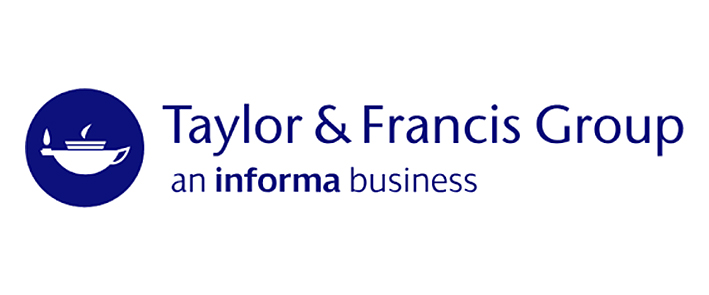MARC details
| 000 -LEADER |
|---|
| fixed length control field |
01830nam a22002537a 4500 |
| 003 - CONTROL NUMBER IDENTIFIER |
|---|
| control field |
ISI Library, Kolkata |
| 005 - DATE AND TIME OF LATEST TRANSACTION |
|---|
| control field |
20240918125347.0 |
| 008 - FIXED-LENGTH DATA ELEMENTS--GENERAL INFORMATION |
|---|
| fixed length control field |
240718b |||||||| |||| 00| 0 eng d |
| 020 ## - INTERNATIONAL STANDARD BOOK NUMBER |
|---|
| International Standard Book Number |
9241207418 |
| 040 ## - CATALOGING SOURCE |
|---|
| Original cataloging agency |
ISI Library |
| Language of cataloging |
English |
| 082 04 - DEWEY DECIMAL CLASSIFICATION NUMBER |
|---|
| Classification number |
100 SD:610.621 |
| Item number |
WHO.Tr.741 |
| 110 1# - MAIN ENTRY--CORPORATE NAME |
|---|
| Corporate name or jurisdiction name as entry element |
WHO Expert Committee on Drug Dependence |
| 245 10 - TITLE STATEMENT |
|---|
| Title |
WHO Expert Committee on Drug Dependence : twenty-third report, meeting held in Geneva from 22 to 28 April 1986 |
| 260 ## - PUBLICATION, DISTRIBUTION, ETC. (IMPRINT) |
|---|
| Place of publication, distribution, etc |
Geneva : |
| Name of publisher, distributor, etc |
World Health Organization, |
| Date of publication, distribution, etc |
1987 |
| 300 ## - PHYSICAL DESCRIPTION |
|---|
| Extent |
64 Pages; |
| Dimensions |
20 cm. |
| 490 0# - SERIES STATEMENT |
|---|
| Series statement |
World Health Organization technical report series ; no. 741 |
| 505 0# - FORMATTED CONTENTS NOTE |
|---|
| Formatted contents note |
Introduction -- 1. General Considerations -- 2. Methods used in assessing the thirty-one barbiturates -- 3. assessment of individual substances -- 4. Recommendations |
| 520 ## - SUMMARY, ETC. |
|---|
| Summary, etc |
Assesses data on 31 barbiturates in order to determine which of these substances should be recommended for international control. Barbiturates are classified in three main groups: ultra-short-acting barbiturates used as intravenous anaesthetics or for the induction of anaesthesia, the intermediate-acting barbiturates used mainly as hypnotics and daytime sedatives, and other longer-acting substances used in the management of epilepsy. Five of the 31 substances are recommended for placement in Schedule III or IV. A concluding section, devoted to recommendations for improving review procedures, discusses the problems caused by the difficulty of obtaining phenobarbital in many developing countries, especially in view of the effectiveness of this Schedule IV substance in the treatment of epilepsy. |
| 650 #4 - SUBJECT ADDED ENTRY--TOPICAL TERM |
|---|
| Topical term or geographic name as entry element |
Substance-Related Disorders |
| 650 #4 - SUBJECT ADDED ENTRY--TOPICAL TERM |
|---|
| Topical term or geographic name as entry element |
Barbiturates |
| 650 #4 - SUBJECT ADDED ENTRY--TOPICAL TERM |
|---|
| Topical term or geographic name as entry element |
Community Health and Primary Health Care |
| 710 1# - ADDED ENTRY--CORPORATE NAME |
|---|
| Corporate name or jurisdiction name as entry element |
World Health Organization |
| 942 ## - ADDED ENTRY ELEMENTS (KOHA) |
|---|
| Source of classification or shelving scheme |
Dewey Decimal Classification |
| Koha item type |
Reports |


























